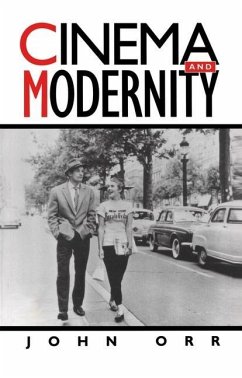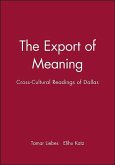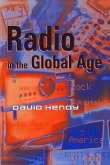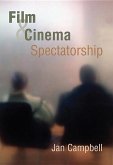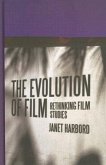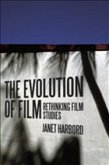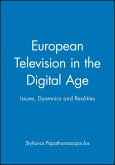This book discusses the complex relation between modernity and cinema drawing particularly upon the European and American cinema during the second half of the twentieth century. In this period, the author argues, the terms `modernist' and `post-modern' are both inappropriate to the cinema's critical vision of modernity. Instead there emerges a neo-modern movement which subverts American melodrama and supplants Italian neo-realism, yet also echoes the earlier modernisms of Dreyer, Eisenstein, Bunuel and Fritz Lang. In the American cinema attention is paid to the work of Welles, Hitchcock and the changing patterns of film noir. In the European cinema, the author re-assesses the French New Wave, the Italian cinema after neo-realism and the complex retro-vision by European film-makers of the politics of fascism. The work of Bergman, Antonioni, Godard, Bertolucci, Rohmer and Wenders is discussed in relation to the changing role of cinematic space and modern vision of the automobile and the city, together with the new forms of tragicomedy and apocalypse in the cinema of the nuclear age. The book regards critique as the dominant mode of film study, thus breaking down the artificial boundaries which currently exist between theory, history and textual reading. Its intellectual heritage lies firmly in the writings of Nietzsche, Freud and Sartre, and opposes the current dependence upon semiology and post-structuralism. It is thus an attempt to rethink the relation of film-making to the contemporary world. The book challenges many of the critical complacencies of post-modernism and offers a fresh perspective upon the development of the modern cinema. It will be essential reading for all students of film theory, popular culture and communications.
Hinweis: Dieser Artikel kann nur an eine deutsche Lieferadresse ausgeliefert werden.
Hinweis: Dieser Artikel kann nur an eine deutsche Lieferadresse ausgeliefert werden.
'This book offers a refreshing re-appraisal of some of the moreinteresting trends in western cinema from the late 1950s to the mid1970s. Cinema and Modernity is a thoughtful and stimulatingcontribution to film scholarship which successfully combinescritical insight with an acute awareness of the cultural andpolitical forces which shaped western industrial society in thepost-war world.' Duncan Petrie, British Film Institute
'The most refreshing aspect about this veryreadable book is its perspective. The author discusses a wide rangeof European and American films, including a number of contemporarytitles, in the light of the major cultural and political forceswhich have shaped Western industrial society this century.Provocative, challenging. Recommended.' Media InformationAustralia
'... The discussion ranges widely.... There is a great deal ofinteresting material here. The book has many rewards and insights.... The discussions of particular films... are the best thingsabout this book. Often what is said is suggestive, inviting are-reading or re-assessment of the works.' British Journal ofAesthetics
'... Engaging and intelligent analysis of post-war cinema... Ihave no compunction in recommending this work to students andscholars alike as a central text for any discussion of modernityand film.' Sociology
'... A fine polemical introduction to the nature ofcinemagraphic experience as a mirror of culture.' The Reader'sReview
'The most refreshing aspect about this veryreadable book is its perspective. The author discusses a wide rangeof European and American films, including a number of contemporarytitles, in the light of the major cultural and political forceswhich have shaped Western industrial society this century.Provocative, challenging. Recommended.' Media InformationAustralia
'... The discussion ranges widely.... There is a great deal ofinteresting material here. The book has many rewards and insights.... The discussions of particular films... are the best thingsabout this book. Often what is said is suggestive, inviting are-reading or re-assessment of the works.' British Journal ofAesthetics
'... Engaging and intelligent analysis of post-war cinema... Ihave no compunction in recommending this work to students andscholars alike as a central text for any discussion of modernityand film.' Sociology
'... A fine polemical introduction to the nature ofcinemagraphic experience as a mirror of culture.' The Reader'sReview

